Last Updated: 06/05/2025
Pet Treats: Friend or Foe?
While treats are a popular way of loving our pets there are some downsides. Take a read through the benefits and risks there are some downsides. Take a read through the benefits and risks and some other ways to show affection!
Author: Dr Maree Monaghan BVSc (Hons)
Reading Time: 3 minutes - short read
Our pets constantly give us unconditional love and naturally we want to return this love. We often do this by reaching for some treats, but it's worth taking the time to stop and consider if this is the best way to show our love to our pets. Let's take a look at the good and bad sides of "treating" our pets.
Contents:
The Good Side of Treats
Dental Treats
Up to 80% of our pets will suffer from dental disease during their life and dental treats can be an excellent addition to your pet's dental care regime. These treats do contain kilojoules so it is important to stick to the daily recommended amount on the pack.
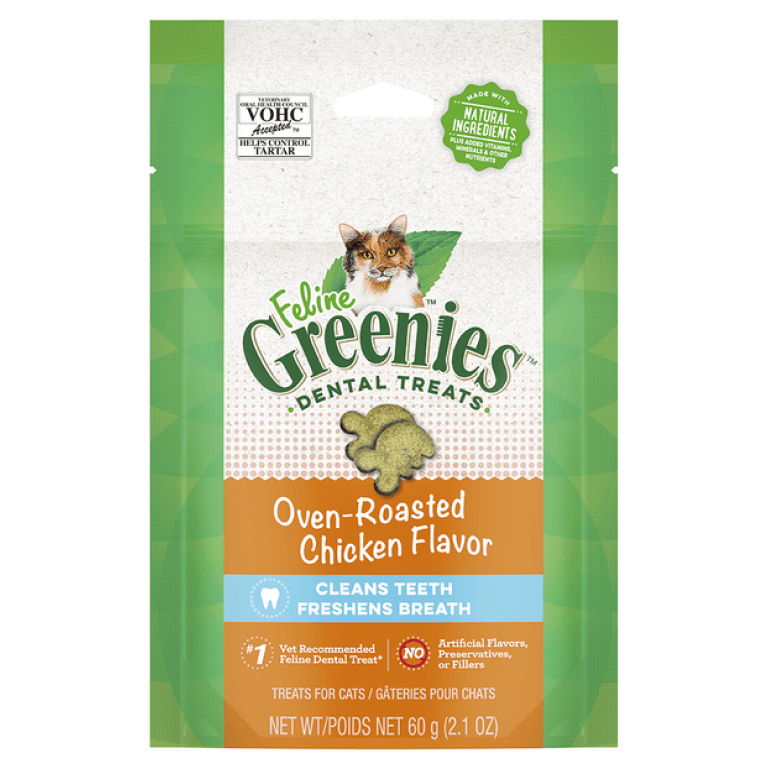
Read more about oral health tips in our articles Dental Care for Dogs and Dental Care for Cats.
Boredom Busters
Long lasting treats are perfect for keeping your dog happy and occupied particularly when they are home alone. As an extra bonus, occupier treats also tend to be great for your dog's teeth!
Top Boredom Busters
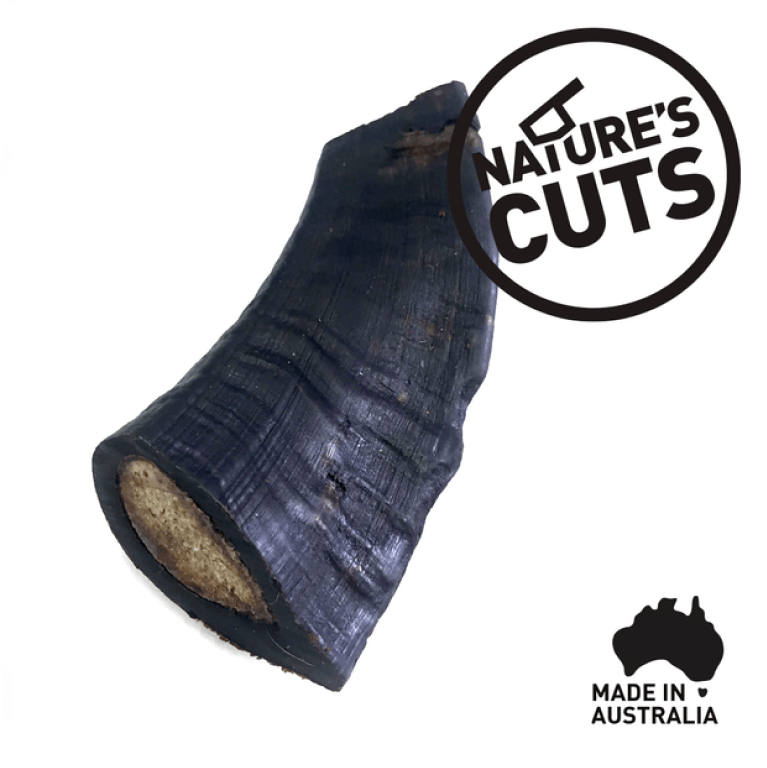
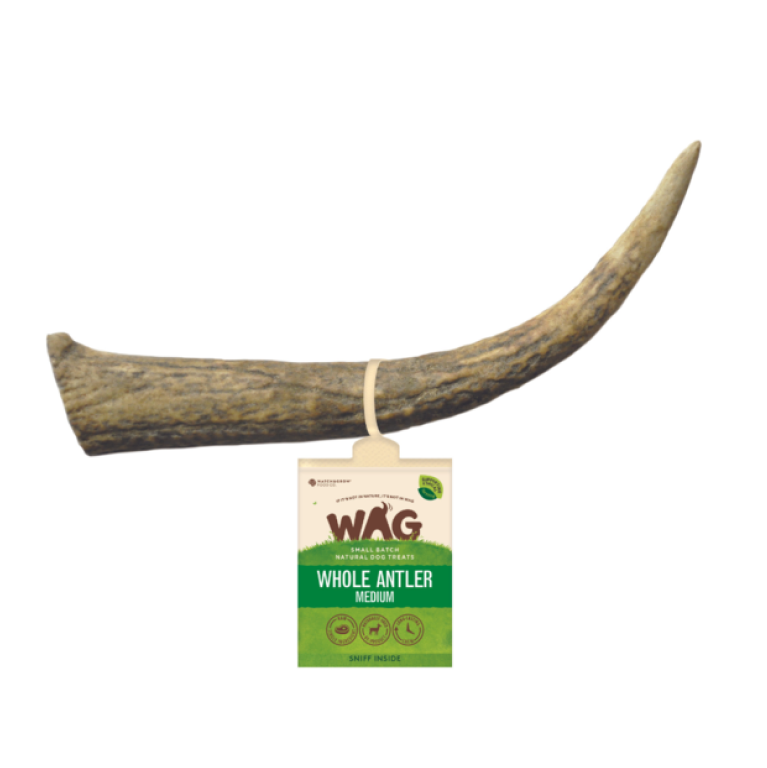
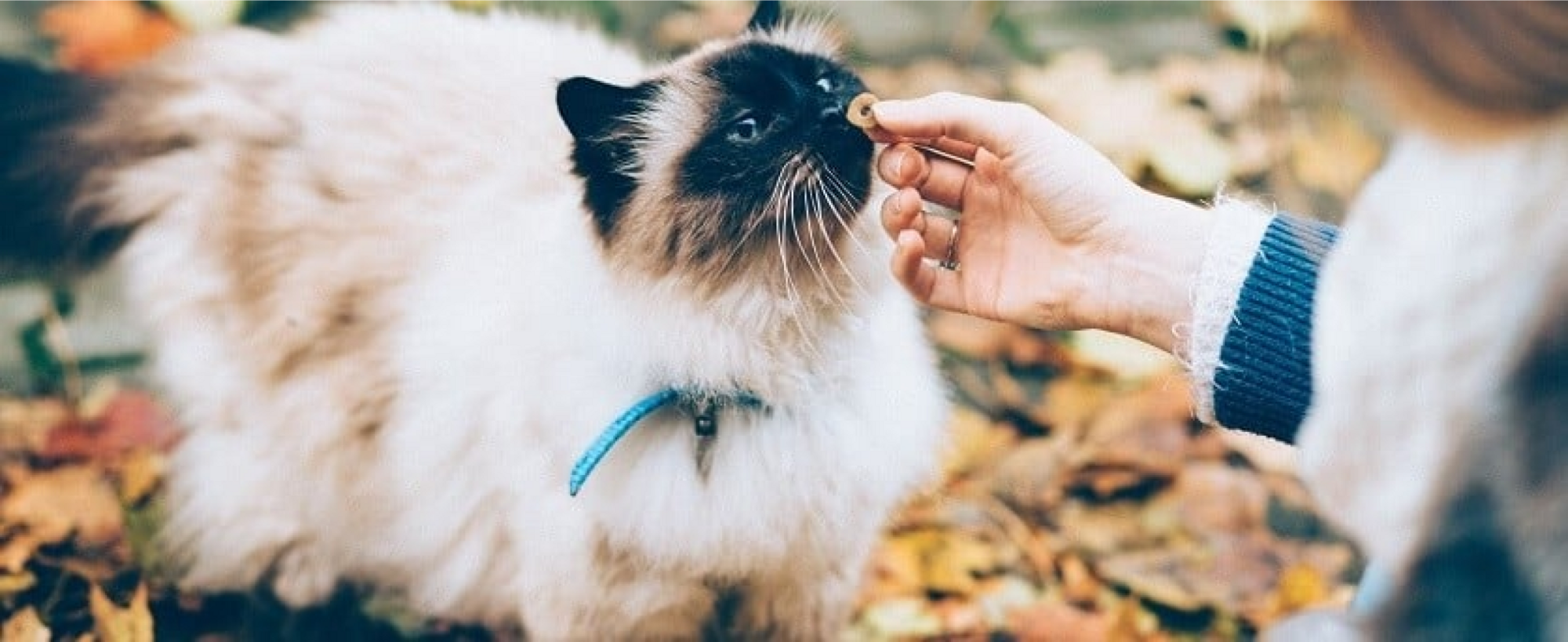
Training and Reward
Whether you're teaching a puppy some basic commands or training your dog how to walk on a lead, it's always a good idea to have some training treats on hand. Liquid and paste treats work incredibly well for training cats - kitties can't seem to get enough of that slurpy texture!
The ideal training treat should be highly palatable and small or able to be given in small amounts (as is the case with liquid treats).
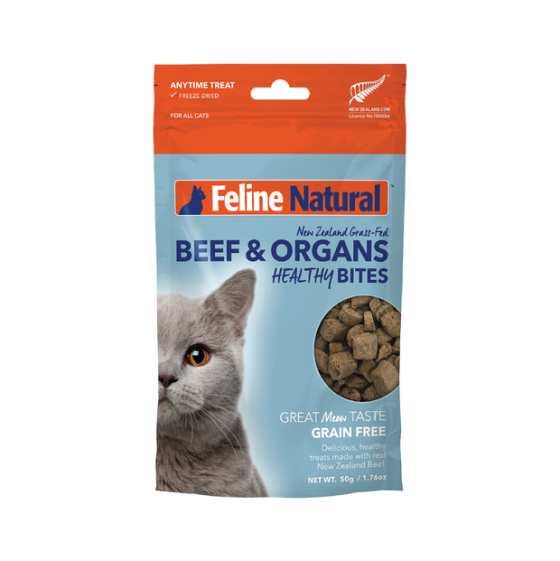
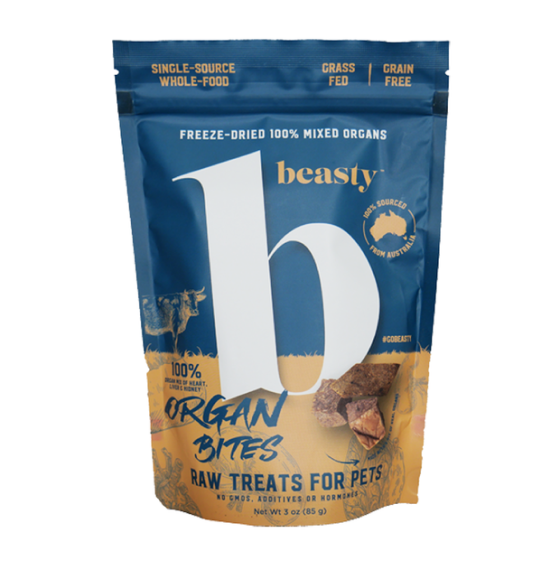
The Downside of Treats
Obesity in Pets
One major problem with treats is that they can lead to obesity in our pets. Obesity is a true epidemic with animals and it is estimated that over 40% of dogs and over 30% of cats are overweight.
Any extra food and therefore kilojoules that we give our pets over the course of a day must be taken into account when feeding them their main meals. It can be difficult to keep track of exactly how many treats your pet has consumed in a day, particularly if more than one person in the household gives them treats. One way to keep track is to put the recommended daily allowance for your pet into a container. Once these treats are gone, you will know that you shouldn't give your pet any more treats that day.
As most pets will have a substantially lower daily energy requirement than their humans, what may seem like a little treat to us can be a kilojoule bomb for our dogs and cats. For example, 30g of cheddar cheese is the equivalent of almost three hamburgers to a 5kg dog!
Fruits such as apple, strawberries or pear make excellent healthy treats as do vegetables like carrots, peas or corn or you can buy low kilojoule treats.
Top Low Fat Treats
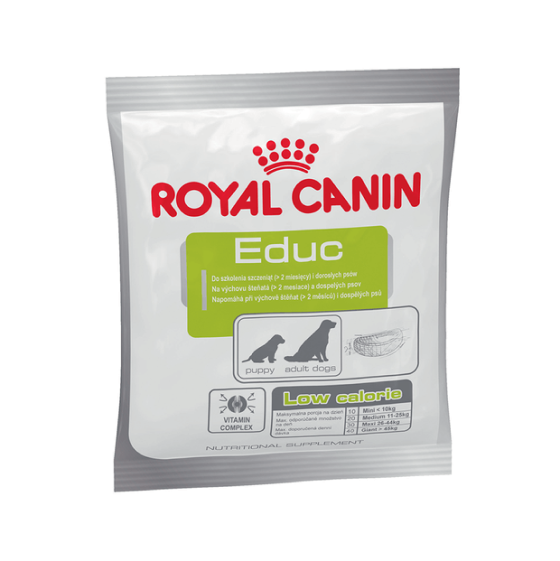
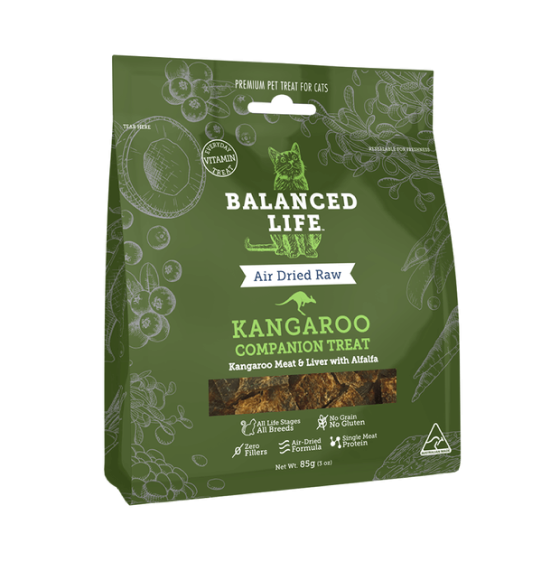
Pets on Special Diets
Prescription and veterinary diets are the cornerstone of treatment of many common diseases like kidney disease, pancreatitis and urinary disease. These diets contain nutrients that have been scientifically proven to support pets with medical problems and these nutrients are precisely balanced . If your vet has prescribed a veterinary or prescription diet for your pet, it is very important not to give your pet any other foods such as treats as this can upset the balance of nutrients and make the prescription diet less effective.
Alternatives to Food Treats
Dance Like Nobody's Watching

Put on some upbeat music that you enjoy singing and dancing to. You might be surprised to find that your dog, and maybe even your cat, will be stimulated by your voice and movement and want to join the party.
Go For a Walk
Take your pet for a stroll around your garden or house and turn it into an adventure. Open the cupboards and let your pets look inside - cats in particular love to have a sticky beak in areas that they don't usually have access to. Hide your dog's favourite toys and share their joy when they find one of their treasures in a new and unusual place.

Play a Game of Fetch
Dogs are not the only pets that like to play fetch. Most cats will chase a small toy if thrown across the room or even up and down the stairs. Some will even pick them up and carry them back to you! Pick out something small enough for them to carry, fluffy toys or ones with feathers will help to pique your cat's interest.
Top Fetch Toys
Teach Them a New Trick
Ever wanted to teach your pet a new trick? Take the time to teach your pet how to shake hands, roll over, play dead or 'speak'. Even cats can learn new tricks if they're motivated by treats - why not teach your kitty how to sit, walk on a lead or 'raise paw'?
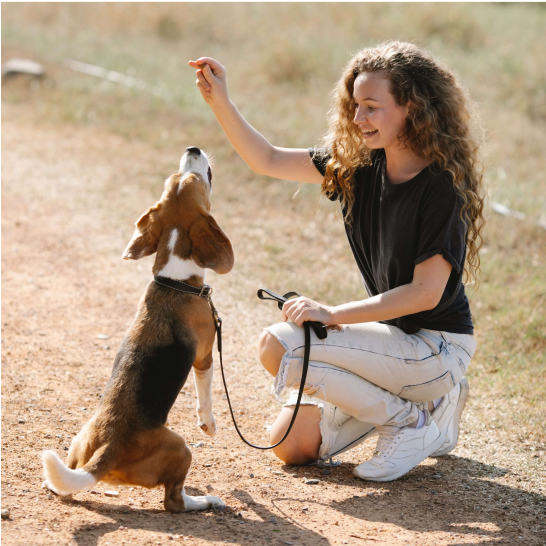
Feed Their Mind
Turn mealtime into brain teaser time by making your pet work for their food. There is an overwhelming array of puzzle feeders, treat mazes and lickimats that encourage your pet to exercise their mind and body. These products work just as well with frozen vegetables, yoghurt and pureed fruits as they do with kibble and wet food.
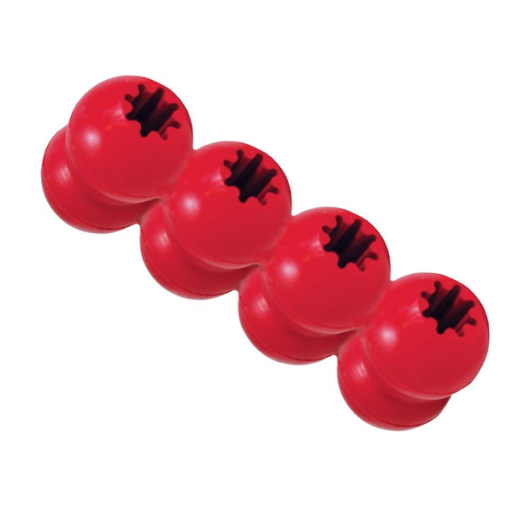
Further Reading
Want to know more? Check out our Discover Page for more tips from our expert vets on keeping your pets happy and healthy.